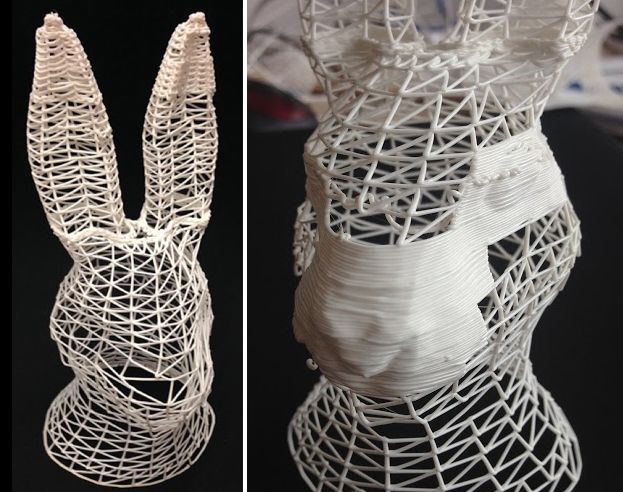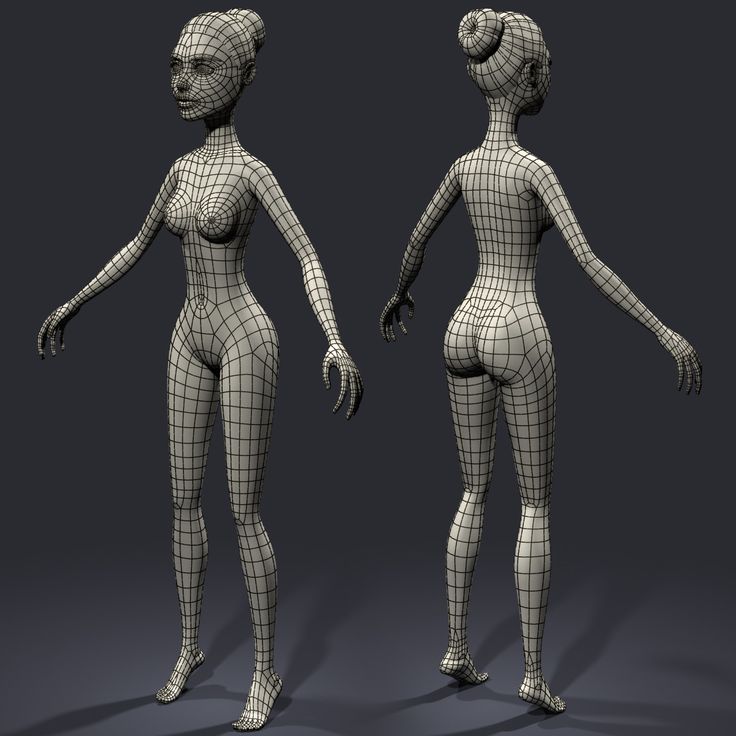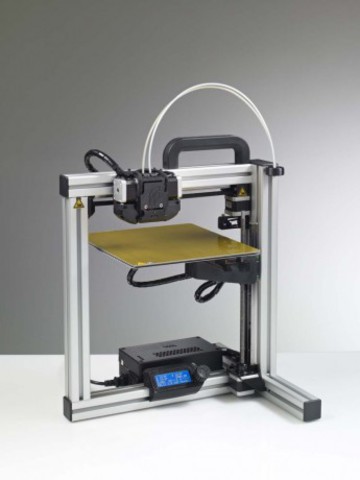3D printing informative speech
Informational
Performance Script
Drew Wells
How awesome would it be if you could make anything you wanted at the press of a button. Well guess what. You can. Now I know what you’re thinking. Most likely you would make a fancy sports car or a house. Something really expensive or big right? Well as of right now you can’t. Not yet.
Today what I’m going to talk to you about is 3D Printing. You will be finding out what some inventions 3D Printing has made, the cons of 3D Printers, and how it works. The reason why I am telling you all of this information is because it is going to change all of our lives in so many different ways.
First of all you are going to find out about the great inventions the 3D Printer has made and why the 3D Printer is awesome. 3D Printing is already making a big impact on the medical field. According to Popular science published on August 6, 2013 3D Printing is currently working on making human body parts. Not just arms, and legs. No, that would be to simple. They are working on making human organs. 3D Printing has changed so many lives just by making prosthetic arms and legs. It has allowed a dog to walk and run that never had the ability to do so. According to CNN published on March 7, 2015 college kids made robotic arms for children using a 3D Printer. According to Popular Science published on August 6, 2013 thats just the beginning. With 3D Printing they plan on making human organs such as hearts, lungs, human tissue, and whatever they can. Why would th ey do this you ask? Well it’s rather simple if you think about it. With this technology, people don’t have to wait weeks for organ transplants that sometime never happen. With 3D Printing they simply press a button and they have that organ that they need within 1 to 2 days. They are just beginning to be able to print off replicas of these organs but have not begun testing these yet.
While 3D Printing is being used in the medical field it is also being used in the mechanical field.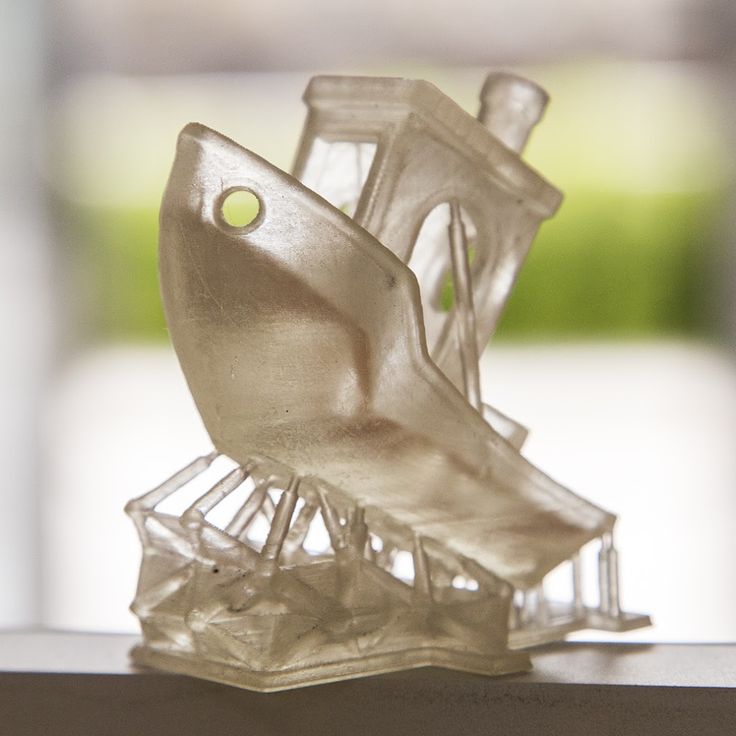 According to New York Times published on January 15, 2015 a man named John B. Rodgers Jr. came up with the idea to use the 3D Printer to build a drivable car. At the time people thought he was crazy but just recently he proved to the world that it was possible. The car showed up at a auto show and was driven around. It was the talk of the night. Then a couple of months later Mr. Rodgers announced in a news meeting that Local motors would build a production factory outside of Washington capable of 3D Printing 3,000 cars per year.
According to New York Times published on January 15, 2015 a man named John B. Rodgers Jr. came up with the idea to use the 3D Printer to build a drivable car. At the time people thought he was crazy but just recently he proved to the world that it was possible. The car showed up at a auto show and was driven around. It was the talk of the night. Then a couple of months later Mr. Rodgers announced in a news meeting that Local motors would build a production factory outside of Washington capable of 3D Printing 3,000 cars per year.
As you can already foresee 3D Printing is going to make a big affect on factories. According to Bloomberg Business published on 3D Printing is going to be the new factory. Instead of costly man hours being used, all that we’re going to have to do is use 3D Printers to make the objects. Which means all we do is enter the information it needs and restock it with supplies when it runs low. It’s going to be quicker and more time efficient.
Now that you know about some of the inventions it has made and is planning on making lets talk about some of the cons.
Now let me tell you what the cons are and why they are bad. With a standard household 3D Printer you can buy for around 2,000 dollars you can do many illegal things with it. First of all, and probably the most scariest, you can make dangerous weapons according to Phil for humanity published on January 1, 2015. With one press of a button you can make a gun, Knife, or something like a grenade. Just think about how simple it could be. What things would come out of a situation like this. So many bad things could happen.
According to Phil for humanity another illegal thing people can do with 3D Printing is counterfeiting money. If you can make a car or even a human organ, what would stop people for making money. Think of how simple it would be. All you would need to do is go online and find blueprints of the money someone put up and plug it into your 3D Printer and just like that you have it. It’s crazy to think about how easy it is.
Now let’s move on to how 3D Printing could be a con to manufacturing. If 3D Printing takes over the manufacturing industry think about how many people would lose jobs. All of those people who work in factories and build things for us would lose their jobs because people can use 3D Printing at their house, and the factories wouldn’t need them because the 3D Printer would be doing the work they do.
If 3D Printing takes over the manufacturing industry think about how many people would lose jobs. All of those people who work in factories and build things for us would lose their jobs because people can use 3D Printing at their house, and the factories wouldn’t need them because the 3D Printer would be doing the work they do.
Also another con is materials. As of right now the 3D Printer can only use a couple of materials such as plastic, and powders for a couple of examples. They are trying to find other materials so it can make the 3D Printer easier to use and so it doesn’t use so much of these materials. Think about it. If these 3D Printers become as popular as the are supposed to these materials are going to be used way more than they are already. It’s going to be harder and harder to make these materials and they’re going to get more and more expensive. But if we can find materials this won’t happen, and that is why this is important.
Now that you know about the cons and inventions I suppose it’s time for you guys to understand a little about how it works.
Let me tell you how it works and why it is so cool. According to 3D Printer help copyrighted on 2013 the two main ones are different types of Powders and Plastics. These are easy to use because they hold the shape and mold to the shape it wants easily. Another material is a mix of chemicals. These chemical mix together with the other materials to help it hold its shape and make sure the shape doesn’t come apart.
Now we’ll talk about some of the methods that 3D Printing uses. The two most common ones are Selective laser sintering (SLS) and Fused deposition modeling (FDM) according to 3D Printing.com. published on January 1, 2015 SLS is where a high powered laser fuses together small particles of plastic, metal, ceramic, or glass powders into a shape that they wanted. In FDM it takes a metal wire and unwinds it from a coil then the nozzle heats it and lays it down in layers going horizontal and vertical. Once it cools it hardens and holds it form.
People see the advantages in 3D Printing and how it can change the world we live in. This is the reason why we are working day and night to make advancements in 3D Printing. 3D Printing does and will always have it’s cons. So what do you think. Is it worth the risk to continue making advancements in 3D Printing or would you rather have them put a stop to it all because the risk is too great? The choice is yours.
This is the reason why we are working day and night to make advancements in 3D Printing. 3D Printing does and will always have it’s cons. So what do you think. Is it worth the risk to continue making advancements in 3D Printing or would you rather have them put a stop to it all because the risk is too great? The choice is yours.
Formal Outline
Drew Wells
- Introduction
- How awesome would it be if you could make almost anything you wanted at the press of a button. Well guess what. You can.
- 3D Printing
- What inventions has 3D Printing made so far, how does it work, and most important how it is going to affect us in the future
- The reason why 3D Printing is so important is it is going to change our live so much for our benefit
- What inventions has 3D Printing made so far
- Medical
- Body Parts
- Human Tissue
Popular Science - August 6, 2013
- Engineering
- Cars
New York times - Jan 15, 2015
- Factories
Bloomberg Business - September 26, 2013
Transition: Now that you know about some inventions lets talk a little about how things like these are made
- How 3D Printing Works
- What material does it use
- Plastic
- Powders
3D Printer Help - Copyright Date
- What are 2 methods 3D Printing uses
- Selective laser sintering (SLS)
- Fused deposition modeling (FDM)
3DPrinting . com - Copyright 2015
com - Copyright 2015
Transition: Although many good things come out of 3D Printing there can be a few downfalls to it
- Cons of 3D Printing
- Illegal
- Dangerous weapons
- Counterfeiting money
- Manufacturing
- People losing jobs in the Prototyping industry
- Limited materials
Phil for humanity - Copyright 2006 - 2015
- Conclusion
- Though there are some cons of 3D Printing the pro’s can change the world we live in today
- Because of this 3D Printing is making advancements daily
- This will mainly have it’s Pro’s but will have some Cons
- Do you think it is worth the risk to continue and make the 3D Printer more advanced or should they put a stop to it
Speaking to Inform – Speaking Confidently
Meggie Mapes
- Define informative speaking
- Identify types of informative speeches
- Explain guidelines for developing an informative speech
Has someone provided you information and afterward you thought, “what were they talking about?” or “why does this matter to me?” We, too, have found ourselves dazed and confused after an informational presentation or an exchange in a meeting.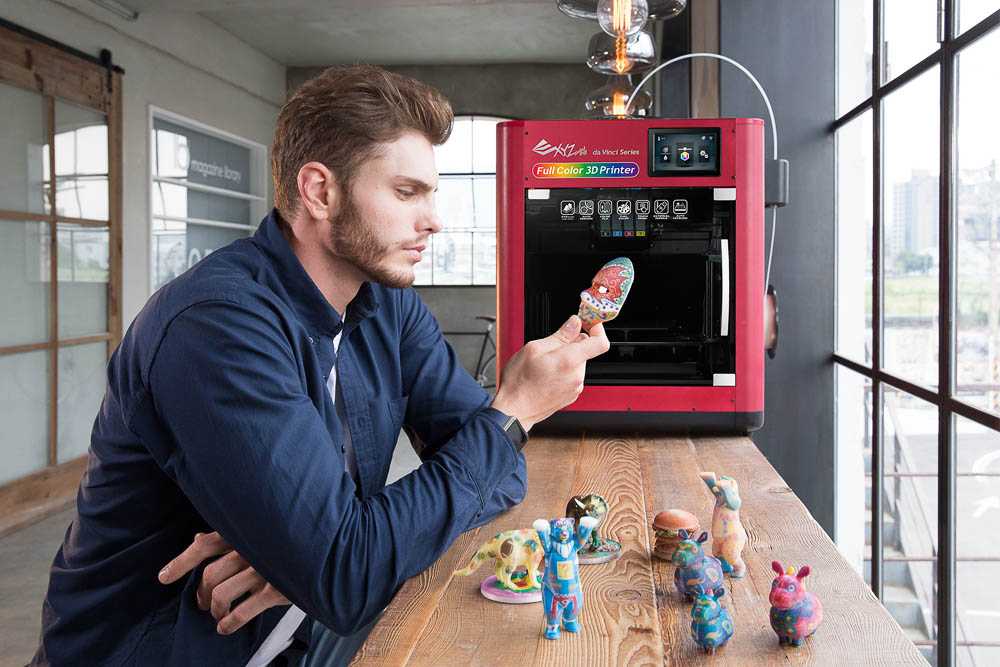
“What?” we ask ourselves, often in response to information that: a) we already knew, b) is confusingly presented, or c) doesn’t seem applicable to us. In these instances, the information was ineffectively presented. Perhaps it wasn’t clear. Perhaps it was disorganized. Perhaps it was not adapted to meet you as the recipient.
Gathering and understanding new information is a part of becoming critical thinkers, so effective information sharing through informative speaking can be a powerful and important tool. In this chapter, we chart informative speaking and provide guidelines for approaching and preparing an informative speech. Let’s start with the purpose and goal.
The purpose of an is to share information that a) increases audience understanding around a topic, b) provides an alternative, and/or c) raises awareness. You might, for example, give an informative speech that raises awareness about the increase in Kansas tornadoes over the past 15 years. Alternatively, you may increase your audience’s understanding of your city’s housing code changes.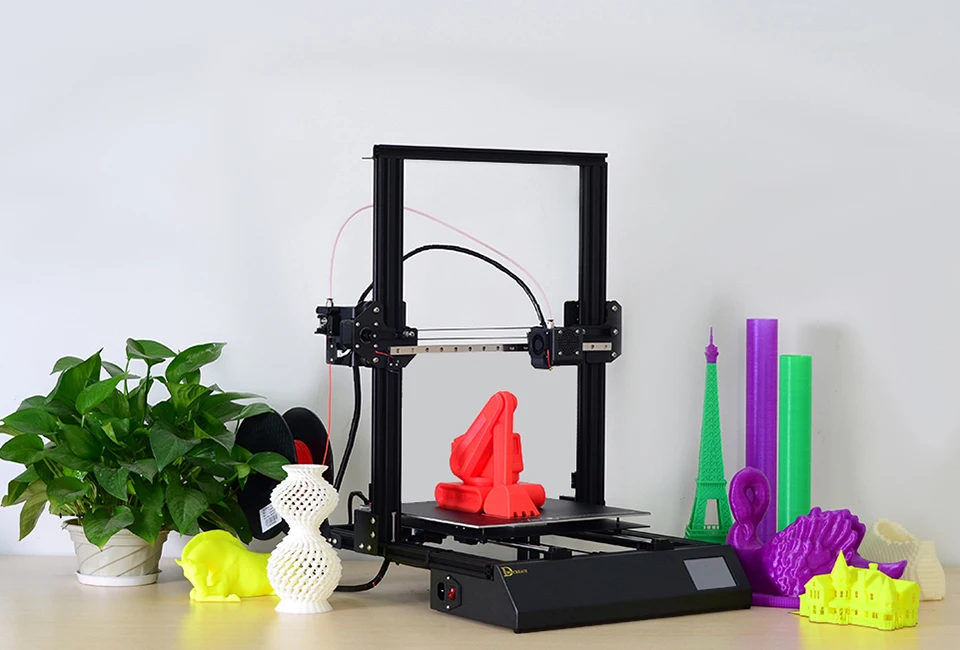 In each of these examples, you are selecting a topic and relevant content that would be useful for the audience to know.
In each of these examples, you are selecting a topic and relevant content that would be useful for the audience to know.
Basically, an informative speech conveys knowledge— a task that every person engages in every day in some form or another. Whether giving someone who is lost directions, explaining the specials of the day as a server, or describing the plot of a movie to friends, people engage in daily forms of information sharing. When done well, information can provide a new perspective or increase our knowledge around a topic.
Despite the everyday nature of information sharing, approaching an informative speech can be slightly daunting. As the speaker, you are responsible for identifying an argument that is worthwhile—and in the age of globalization and access to digital information, there’s a lot of stuff to sort through and choose from.
The key to an effective informative speech is identifying what information your audience needs. Why, for example, would it be important for your audience to know about major climate changes in Kansas? Does the audience already know? Would it benefit them? Remember that all information may not be relevant to all audiences.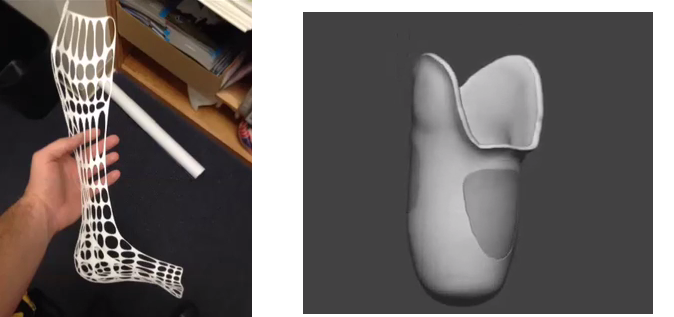 You may decide that sharing the city’s changes to housing codes isn’t particularly useful for an audience that doesn’t reside in the affected neighborhoods. In other words: information is not equal in all contexts, so your job as a speaker is to advocate for meaningful, teachable content. When you select that content to share with an audience – an action that can provide alternatives and expand viewpoints—you are advocating for the relevance and timeliness of that informative topic.
You may decide that sharing the city’s changes to housing codes isn’t particularly useful for an audience that doesn’t reside in the affected neighborhoods. In other words: information is not equal in all contexts, so your job as a speaker is to advocate for meaningful, teachable content. When you select that content to share with an audience – an action that can provide alternatives and expand viewpoints—you are advocating for the relevance and timeliness of that informative topic.
Through information sharing, however, you are not taking a particular side or providing the audience with a call to action. While informative speeches advocate for novel ideas, they do not explicitly attempt to convince the audience that one thing is better than another—it doesn’t attempt to persuade (which we’ll cover in the next chapter). This can be a tricky distinction and one that you should attend to. Even if you are informing the audience about differences in views on controversial topics, you should simply and clearly explain each side of the issue.
Understanding the types of informative speeches may help as you work on selecting information that doesn’t persuade.
“Can’t We Find all the Information We Need on the Internet?
We often hear, “If we can find anything on the Internet now, why bother to give an informative speech?” The answer lies in the unique relationship between audience and speaker found in the public speaking context. The speaker can choose to present information that is of most value to the audience.
Secondly, the speaker is not just overloading the audience with data. As we have mentioned before, that’s not really a good idea because audiences cannot remember great amounts of data and facts after listening. The focus of the content is what matters. This is where the specific purpose and central idea come into play.
Third, although we have stressed that the informative speech is fact-based and does not have the purpose of persuasion, information still has an indirect effect on someone. If a classmate gives a speech on correctly using the Heimlich Maneuver to help a choking victim, the side effect (and probably desired result) is that the audience would use it when confronted with the situation.
If a classmate gives a speech on correctly using the Heimlich Maneuver to help a choking victim, the side effect (and probably desired result) is that the audience would use it when confronted with the situation.
Understanding the types of informative speech that you will give can help you to figure out the best way to organize, research, and prepare. While the topics to choose for informative speeches are nearly limitless, they can generally be pared down into four broad types: description, definition, explanation, or demonstration.
Speeches that Describe
provide a clear, vivid, and memorable picture of a person, place, thing, idea, or alternative. In this category, your goal is to effectively describe your topic in ways that allow the audience to visualize that idea. Put differently: you place the audience in the scene of the topic.
Suppose you are an archaeologist (some of you likely are). This approach would be appropriate if you wanted to highlight a recent discovery in your field – you might describe a key finding from a dig site that advances the scientific perspective on evolution.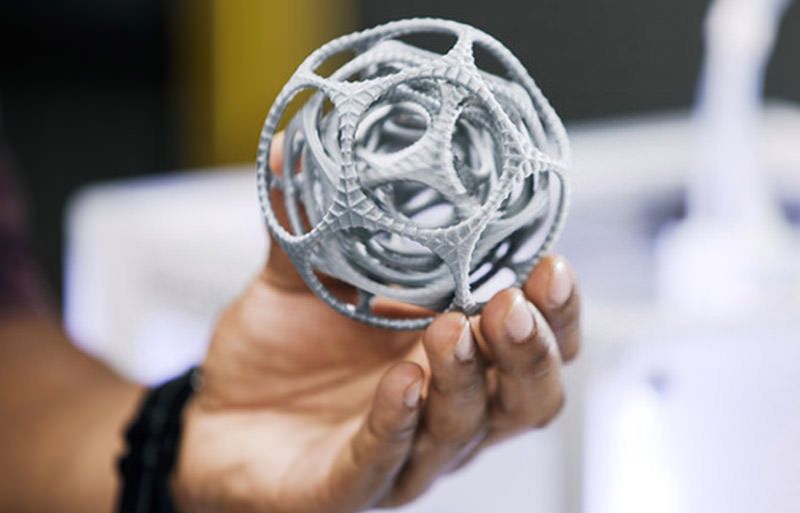 The speech would attempt to place the audience at the dig site by describing how the finding was uncovered, the artifact itself, etc. Describing information can help simplify content for an audience that is unfamiliar with an archaeological perspective.
The speech would attempt to place the audience at the dig site by describing how the finding was uncovered, the artifact itself, etc. Describing information can help simplify content for an audience that is unfamiliar with an archaeological perspective.
If you opt to provide information to an audience about alternatives, describing the differences in each alternative can be an effective application of descriptive speeches. June, for example, is celebrated as LGBTQ Pride month throughout the United States. After doing research and brainstorming, you may realize that there are a plethora of Pride events and gatherings throughout your city, and you want to provide your audience with that information. Describing the different venues and events might allow audiences to understand what each alternative event experience might provide.
For any topic that you approach descriptively, ask yourself:
- Have I effectively described this idea for an audience that may be unfamiliar with the information?
- Can I revisit the language and be more vivid?
- Am I describing information that’s related to my thesis statement?
- How can I use descriptive language that intrigues the audiences and relates this information to their lives?
Speeches that Define
provide the meaning of an idea to the audience. Definitional speeches are helpful to clarify or simplify concepts, theories, or ideas that an audience may be otherwise unfamiliar with.
Definitional speeches are helpful to clarify or simplify concepts, theories, or ideas that an audience may be otherwise unfamiliar with.
For example, one of our authors has the tattoo “advocate feminism.”
“What does that mean?” she’s often asked. If we take a definitional approach, she would work to define and outline feminism, perhaps by providing the origin of the word or defining different feminist movements. While “advocate feminism” may appear persuasive, definitional informative speeches allow speakers to identify components of an idea that are based in information-sharing rather than asking the audience to change their perspective.
A common approach to selecting a definitional speech topic is to trace the history or origin of an idea (like feminism), an object, person, or theory.
If you’re a mathematician, for example, you might opt for a definitional speech that focuses on a contemporary mathematical theory. Because the perspective may seem abstract, a definitional approach can simply that abstraction by defining what it is for the audience.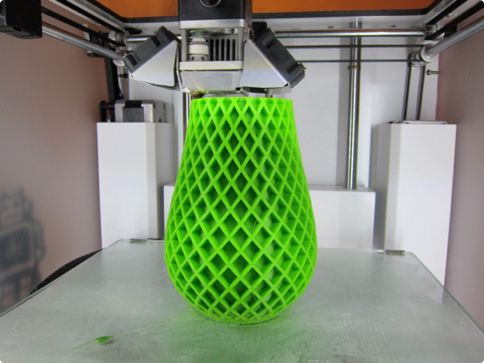
For any topic that takes a definitional approach, ask:
- Have I provided definitional support in a way that’s clear to my audience?
- Have I defined all key parts of my topic? Have I over-defined? (In other words, is my speech just a list of definitions?)
- Is my speech too abstract? Have I provided examples and placed these definitions in contexts that my audience can connect with?
Speeches that Explain
detail processes or how something works, often explaining an otherwise complex, abstract, or unfamiliar idea to the audience. This approach is common in industry settings or professional contexts where a speaker needs to explain the process, data, or results of a study or program.
Explanatory speeches provide audiences with a behind-the-scenes look at the information. Interested in philosophy? An explanatory speech may be appropriate to help audiences wade through a current philosophical perspective that you find fascinating. Interested in the United States criminal justice system? You could report on current body camera policies.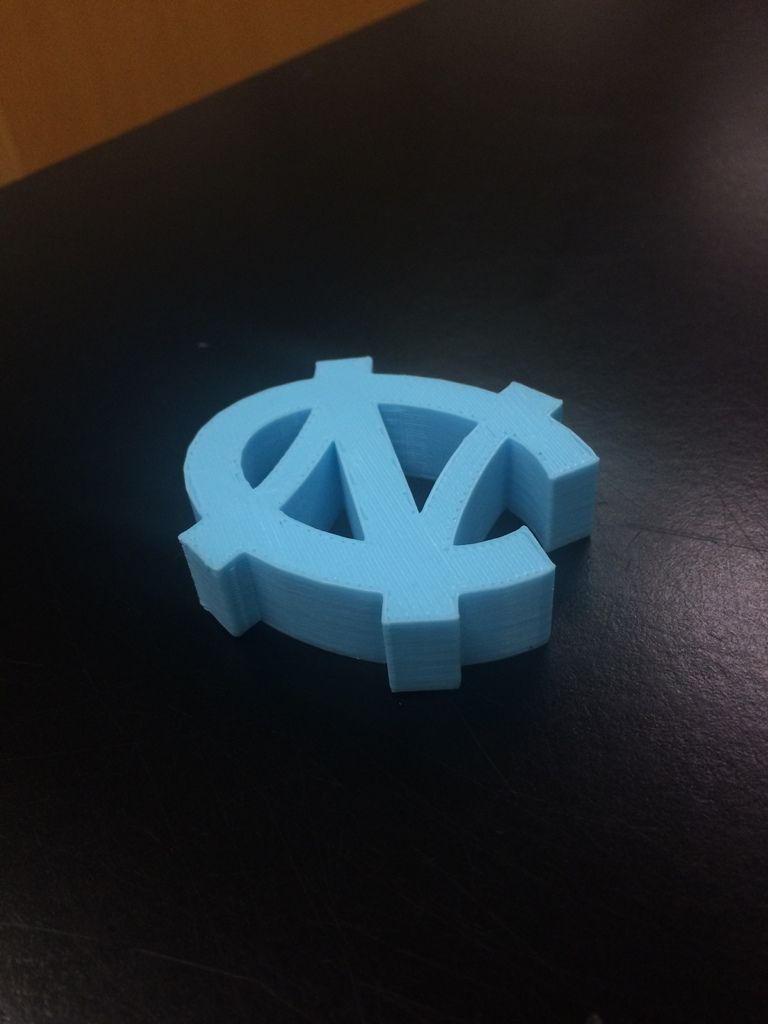
Teaching is a great example of explanatory speeches because teachers regularly explain assignments, protocols, policies, rubrics, etc. A teacher’s main goal is to clarify expectations by using language that’s appropriate to the audience—their students!
Think back to our opening topic example about changes in city codes around housing. An explanatory approach would work to explain how those changes occurred, detail the code changes to the audience, and/or explain how the changes would affect their neighborhoods.
For explanatory speech topics, ask yourself:
- Have I effectively explained all components of the topic?
- Are my explanations effectively translated to the audience and context?
- Do my explanations detail how and why this information is relevant to the audience?
Speeches that Demonstrate
are, well, you guessed it: speeches that demonstrate how something is done for the audience. These can be fun because they allow you to teach the audience something cool and interesting.
Demonstration speeches are commonly called “how-to” speeches because they show the audience how to do something. These speeches require you to provide steps that will help your audience understand how to accomplish a specific task or process—bake cookies, for example. After a speech on how to verify information that’s found on memes, for example, the audience members could probably do it on their own.
However, these speeches can be tricky because a) the audience may be familiar with your demonstration, or b) the limited time can constrain what you’re able to demonstrate. If you want to demonstrate how to bake cookies, for example, your audience may be familiar with that process. The demonstration may lack uniqueness or novelty, especially if audiences are more confident turning on YouTube. It may also be difficult to provide all the necessary steps in the space or context that you’re speaking. If you’re an experienced baker, you may know that determining when the cookies are done can be a difficult part of the process, but your classroom space likely doesn’t facilitate the inclusion of that step.
Ask yourself:
- Does this information require a demonstration (i.e. is a demonstrative speech the best approach)?
- Am I able to outline all the steps in the time provided?
- Have I adequately outlined all the steps?
- What materials do I need to bring to guarantee the success of the demonstration in the space that I’ve been given to speak?
Using Tactics from Multiple Approaches
While we have provided categories to assist in understanding types of informative speeches, your topic may require adopting tactics from more than one approach.
Consider “recidivism” in the criminal justice system – the likelihood for a person to re-offend after being convicted of a crime. If you were interested in informing your audience about recidivism, you would likely need to define recidivism – a term that may be unfamiliar to some – and explain how recidivism occurs in the context of the prison system. Alternatively, you could take a descriptive approach – after defining recidivism – and describe one person’s experience going through the system.
| Different Informative Speech Routes to 3D Printing | |
| Definitional Speech | Define 3D printing, the history, key events, or figures. |
| Descriptive Speech | Describe a 3D printer and describe how new material is created. |
| Explanatory Speech | Explain the science behind 3D printing and how it affects different industries. |
| Demonstrative Speech | Bring in a 3D printer and show the audience how it works. |
| Table 17.1 | |
As you begin to develop your topic, these four types of informative speeches can help direct your preparation and identify your specific purpose statement. Your goal, in general, is to inform, but your specific purpose will be to define, demonstrate, explain, and/or describe.
Now that you have a better understanding of the informative speech types, let’s talk specifically about developing your own informative speech: from topic selection through a completed outline.
We know what you’re thinking: “We’ve already covered how to select, write, and organize arguments.” While, yes, we did discuss general approaches to these processes previously, a refresher always helps. Below, we focus on guidelines for developing your informative speeches, specifically.
Pick a Focused and Unique Topic
First, pick an informative topic that is narrow and novel. Your speech emanates and builds from your topic, and your goal should be drafting a thesis statement that is focused and unique to your audience.
A large misconception about informative speeches is that bigger and broader is better. Oftentimes, super broad topics happen for two reasons:
- As the speaker, you believe that a broader topic will require less research. You might believe that you can brainstorm and research 5 minutes of information on a topic quickly, but if you investigate the topic, that research is often overwhelming because of the breadth of information.
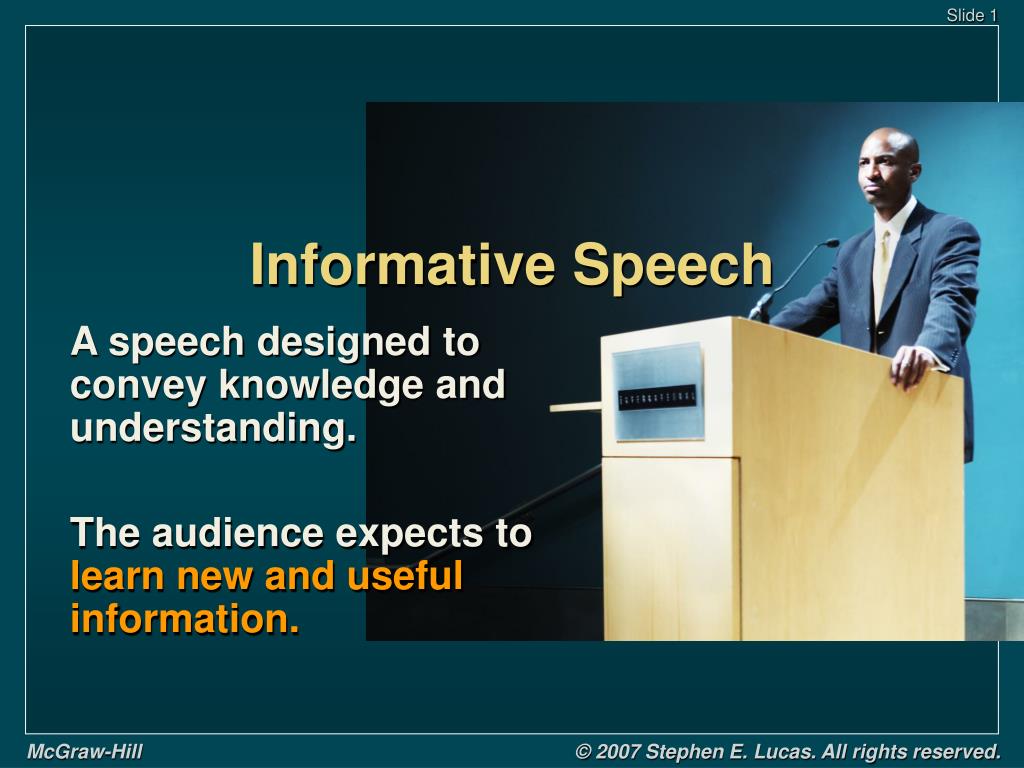 For example, suppose that you selected “to describe the Civil War for my audience” as your specific purpose. The Civil War was, conservatively speaking, four years long, resulted in over 750,000 casualties, and arguably changed the course of human history. A typical college library has hundreds of books dealing with the Civil War. It’s a myth, then, that broader topics mean less research. (Also: research is cool, so try to hone your research skills, not avoid them.)
For example, suppose that you selected “to describe the Civil War for my audience” as your specific purpose. The Civil War was, conservatively speaking, four years long, resulted in over 750,000 casualties, and arguably changed the course of human history. A typical college library has hundreds of books dealing with the Civil War. It’s a myth, then, that broader topics mean less research. (Also: research is cool, so try to hone your research skills, not avoid them.) - The speaker uses their first topic idea or concept that seems interesting. When you find a topic that sparks your interest, it’s tempting to keep that idea as-is. You may want to select the Civil War because you’re interested in learning more about a key moment in U.S. history. Great! We encourage you to research, learn, and explore – but it’s unlikely that you have time to cover all facets of the topic with any depth. It’s OK to use the first topic that sparks your interest, but the topic will likely be too broad.

Instead, limit and narrow your topic. “How do we do that?” you might be wondering.
Like we mentioned previously, brainstorming will allow you to map what information you already know about an argument or topic.
| Brainstorming Run-Down: The Funnel Approach |
| What are the most interesting components of this topic, for me? |
| What do I already know? |
| In what areas of this topic do I have expertise? |
| How does research characterize or categorize this topic? |
| Are there new or current insights? |
| Is this information unique and useful to my audience? |
| Table 17.2 |
The questions in Figure 17.2 can aid you in narrowing your topic and identifying an insight that’s unique to your audience. We often refer to this as the “funnel approach” – or starting broad and moving downward to a more specific idea. The Civil War is a broad, umbrella topic, and you could use research and the lateral approach (as introduced in Chapter 8) to funnel toward, for example, focusing on a key person that’s often left out of history.
The Civil War is a broad, umbrella topic, and you could use research and the lateral approach (as introduced in Chapter 8) to funnel toward, for example, focusing on a key person that’s often left out of history.
While all the questions in Figure 17.2 are important, the last question – “is this information unique to my audience?” – is key. Think about “unique” topics in two ways:
- A topic is unique if the audience is unfamiliar with the idea. You may, for example, inform your audience about a new Climate Change technology that a local non-profit was launching. In this case, the entire topic is unique and the audience will learn something new. They’re unfamiliar with the tech.
- Second, a topic is unique if it provides novelty. There are times when your audience will know about the topic generally, but that doesn’t automatically eliminate that idea; instead, ask: can I provide or approach this topic in a new or unfamiliar way? For example, “organ donation” is a common informative speech topic, but it often lacks novelty because speakers include general information that is already known by the audience.
 That doesn’t prohibit “organ donation” as a topic, but it means speakers should approach the topic by finding information that is novel and fresh.
That doesn’t prohibit “organ donation” as a topic, but it means speakers should approach the topic by finding information that is novel and fresh.
Let’s talk through an extended example. Malcolm Gladwell (2019) in his podcast, “Revisionist History,” provides an interesting informative perspective about the Boston Tea Party. At first glance, “Boston Tea Party” seems pretty broad for a topic, and it’s likely that many of Gladwell’s audience is already familiar with the Boston Tea Party, so the idea appears too big and lacking novelty. Gladwell, however, narrows the topic by focusing on smuggling practices that facilitated the event. We won’t spoil the episode, but he masterfully narrows down a broad idea to provide listeners with a fresh and unfamiliar perspective.
Pick a Clear Structure
After selecting a topic, you’ll begin expanding your informative argument, identifying an organizational pattern, and writing the outline. As you begin a working outline, the structure will play an important role in writing a successful speech.![]() By structure, we mean three things: the outline structure, the argument structure, and the citation structure. Pay attention to all three during the speech development stage.
By structure, we mean three things: the outline structure, the argument structure, and the citation structure. Pay attention to all three during the speech development stage.
Organizational Structure
First, ask yourself, “what organizational pattern fits my specific purpose and/or working thesis statement?”
For broad topics, the information may apply to any of the organizational patterns that we outlined previously. If your information is easily manipulated into multiple organizational patterns, we’d suggest asking, “Can I make this more focused?” or, “How do I want to present this information?”
If you’re confident in your working thesis statement, begin to gather information and research. As you do, think about how that information might fit into organizational patterns and how those patterns provide opportunities or constraints for your topic.
Consider our opening example about housing code changes in a city. You could approach this chronologically and map the linear progression of changes to the city code.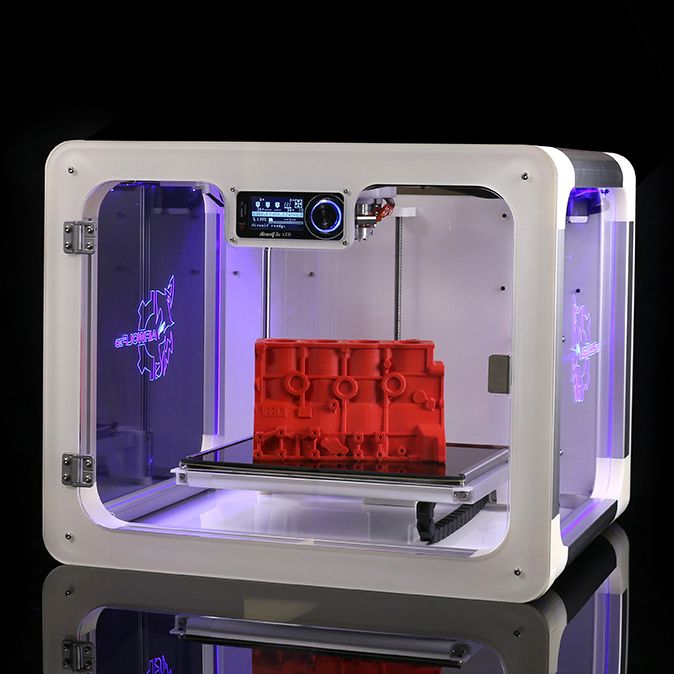 Alternatively, you could use a categorical pattern and compare how the housing codes will affect different neighborhoods. These are both possibilities – it just depends on the kind of story you want to tell the audience.
Alternatively, you could use a categorical pattern and compare how the housing codes will affect different neighborhoods. These are both possibilities – it just depends on the kind of story you want to tell the audience.
Argument Structure
Working on a clear structure doesn’t stop with the organizational pattern, however. Be attuned to the argument structure within your main points.
Even with informative speeches, claims, evidence, and warrants should still be integrated. For example, one main point on a demonstrative baking speech might read:
- Claim: Bake cookies for approximately 10 minutes for chewy yet crunchy cookies.
- Evidence: In 2019, Stacy Smith of Bakers Forever tested different times for baking cookies, finding that 10 minutes was the sweet spot.
- Warrant: A reputable baker, Stacy’s research does the work for us! Rather than open the oven every few seconds, we can be confident that a 10-minute cookie will result in the perfect consistency.

Warrants can play a particularly important role in an informative speech. A warrant – or connection between the claim and evidence – isn’t always persuasive. Instead, utilize warrants to detail why that information should matter to the audience. If it’s helpful, you can think of the warrant as the link between the claim, evidence, and audience.
Being clear in your argument structure can also aid in narrowing your topic. It’s common for informative speakers to realize, “Woah! I have way too many claims here. I need to add more supporting materials and explanations, but I won’t have time. I need to narrow this topic down.”
As you work on your outline, it’s imperative that your claims are accompanied by their appropriate argumentative companions: evidence and warrants.
Citation Structure
Finally, citations – both written and spoken – are part of a clear informative speech structure.
As you strengthen your ability to write arguments, continue to integrate proper references. Ask yourself: “Have I given credit to this evidence in the outline and reference page?” “Have I rehearsed my oral citations?”
Ask yourself: “Have I given credit to this evidence in the outline and reference page?” “Have I rehearsed my oral citations?”
Part of answering these questions is being appraised of the proper citation structure that’s required – APA, or MLA, for example. If you aren’t properly integrating that structure, you aren’t properly citing the research that supports your topic.
Provide Accurate, Clear, and Interesting Information
A good informative speech conveys accurate information to the audience in a way that is clear and that keeps the listener interested in the topic. Achieving all three of these goals—accuracy, clarity, and interest—is the key to being an effective speaker. If information is inaccurate, unclear, or uninteresting, it will be of limited usefulness to the audience.
Part of being accurate is making sure that your information is current. Even if you know a great deal about your topic, you will need to verify the accuracy and completeness of what you know, especially if it is medical or scientific information. Most people understand that technology changes rapidly, so you need to update your information almost constantly. The same is true for topics that, on the surface, may seem to require less updating. For example, the Civil War occurred over 150 years ago, but contemporary research still offers new and emerging theories about the causes of the war and key individuals who may have been left out of common history books. Even with a topic that seems to be unchanging, carefully check the information to be sure it’s accurate and up to date.
Most people understand that technology changes rapidly, so you need to update your information almost constantly. The same is true for topics that, on the surface, may seem to require less updating. For example, the Civil War occurred over 150 years ago, but contemporary research still offers new and emerging theories about the causes of the war and key individuals who may have been left out of common history books. Even with a topic that seems to be unchanging, carefully check the information to be sure it’s accurate and up to date.
Second, be clear. Like we’ve discussed, make sure you’re avoiding jargon or complicated information that the audience may not understand. Remember that informative speeches are meant to increase the audience’s understanding, and if the language, evidence, or examples are too complex, it’s unlikely to achieve that goal.
Third, be interesting! What defines “interesting?” In approaching the informative speech, you should keep in mind the overall principle that the audience is asking, “what’s in it for me?” The audience is either consciously or unconsciously wondering “What’s in this topic for me? How can I use this information? Of what value is this speech content to me? Why should I listen to it?” A good way to answer this question for others is to answer it for yourself. Why do you find your topic interesting? Work outward from there. You might consider it one of the jobs of the introduction to directly or indirectly answer this question. If you can’t, then you need to think about your topic and why you are addressing it. If it’s only because the topic is interesting to you, you are missing the point.
Why do you find your topic interesting? Work outward from there. You might consider it one of the jobs of the introduction to directly or indirectly answer this question. If you can’t, then you need to think about your topic and why you are addressing it. If it’s only because the topic is interesting to you, you are missing the point.
Accuracy, clarity, and interest are incredibly important. It can be tempting to approach informative speaking with the attitude that “I’m just reporting facts that other people have stated,” but we want to minimize that approach. You are gathering information and crafting an interesting narrative around the importance of that idea – that’s a difficult but worthwhile skill.
Remember the 3 C’s: Constitutive, Contextual, Cultural
Finally, when developing your informative speech, ask yourself, am I representing information in ways that acknowledge that communication is constitutive, contextual, and cultural?
It’s common to believe that reporting knowledge or “facts” could never result in unethical communication or representations. After all, it’s not persuasive! But information sharing is not neutral, even in informative speaking, so we must consider how our communication represents others.
After all, it’s not persuasive! But information sharing is not neutral, even in informative speaking, so we must consider how our communication represents others.
You may decide, for example, to provide your audience with information on a cultural practice that differs from their own, and that can be great! However, if you aren’t part of that culture, be careful in how you represent those practices to others and work to avoid appropriating or reducing complex cultural beliefs or practices.
In sum, your speeches are part of world-making. The language that you use to describe, define, explain, or demonstrate an idea is impactful to your audience.
Learning how to give informative speeches will serve you well in your college career and your future work. Keep in mind the principles in this chapter but also those of the previous chapters: relating to the informational needs of the audience, using clear structure, and incorporating interesting and attention-getting supporting evidence.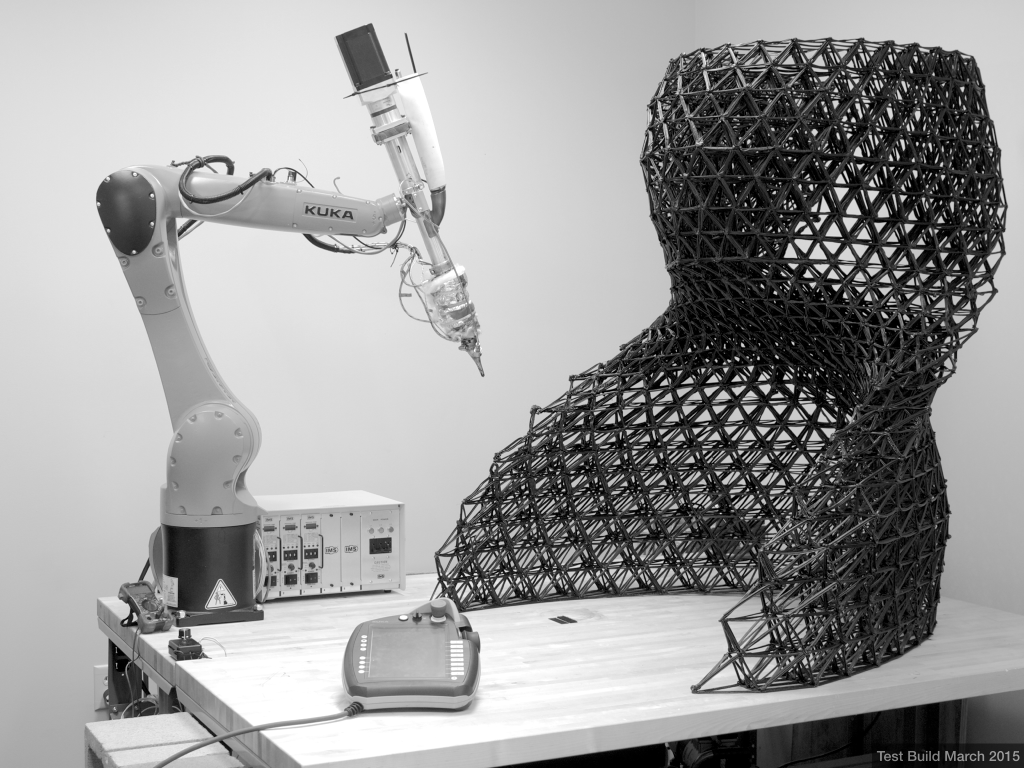
3D printer videos 3D printing YouTube channels
Want to see the work of experienced 3D printers? Here is a list of the best YouTube channels on the subject.
There's no doubt that YouTube's magical powers make it possible to create the most informative and visual materials about 3D printing.
Whether you're looking for tutorials, tips and tricks, product reviews, cool projects, or just curious, here's a list of the best 3D printing YouTube channels to watch.
Please note that the channels in the list are ordered by the number of subscribers at the time of translation. At the same time, the number of stories is indicated.
I Like To Make Stuff
Host: Bob Claget
Location: USA 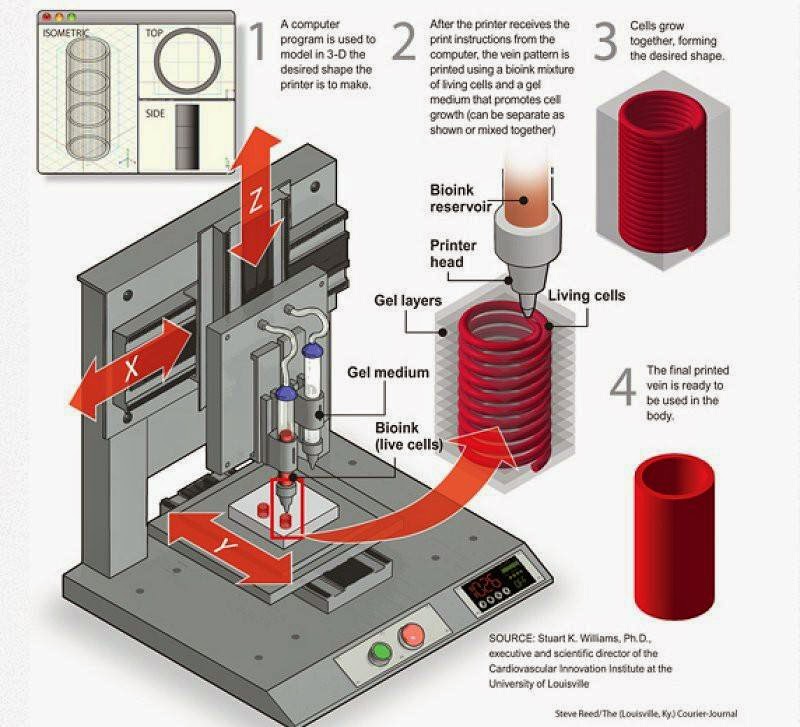
Number of subscribers: 946 889
While 3D printing plays a bridging role on this hugely popular YouTube channel, there are many technological combinations here that allow you to realize the most incredible projects. Claget talks about everything from Arduino to molds, supplementing his videos, if necessary, with a mention of the possibilities of using 3D printing. On this huge and unique channel, you can even find pudding-shooting gun projects, slot machines, snack machines, and more.
Total video: 158
The most popular video: How to Make A Secret Door / BookCase (5 474 210 Views)
Barnales Nerdgasm
Location: USA
Who's watching? Anyone interested in 3D printing, gaming, cosplay, geek culture and retro tech.
Number of subscribers: 798 873
As you can guess from the name, this is a passion of a certain botanist Barnakula. His channel is a mixture of exciting 3D printing projects like Star Wars stormtrooper outfits, reviews of the latest tech and games, as well as personal stories about how the presenter left Microsoft after 15 years at the company, or how how he is engaged in fitness, struggling with excess weight. This man just gushes with energy, a sparkling sense of humor - and fans love it.
Total Video: 564
Most Popular Video: Best Gaming Room Tour v2.0 PC, XBOX, Racing Sim, Huge Screens, 3D Printer Much More (2,795,669 views)
9015 XRobot 13
Host: James Braton
Location: UK
Who's watching? Intermediate to advanced users who want to apply 3D printing to costume, cosplay and robot creation.
Subscribers: 424 819
James Braton's YouTube channel offers detailed, multi-part videos on how to make all kinds of robots and cosplay costumes. Sponsored by LulzBot, XRobots is the perfect place for anyone looking for complete and large-scale projects that require more than just pressing a button on a printer. From the Star Wars robot BB-8 to the Iron Man suit, comic book and sci-fi fans can 3D print almost anything through Braton's channel.
Sponsored by LulzBot, XRobots is the perfect place for anyone looking for complete and large-scale projects that require more than just pressing a button on a printer. From the Star Wars robot BB-8 to the Iron Man suit, comic book and sci-fi fans can 3D print almost anything through Braton's channel.
Total videos: 401
The most popular video: Howing to Build An Iron Man Helmet & Suit, Mounding, Casting, 3D Printing, Electronics (24 911 003)
9000 9000
Hosts: Bill and Brittany Doran
Location: USA
Who's watching? Those who want to use 3D printing technologies to create high-tech cosplays and items.
Subscribers: 127 002
Run by husband and wife Bill and Brittany Doran, this popular channel is probably the best place on YouTube to learn how to create your favorite items from video games, TV shows and movies.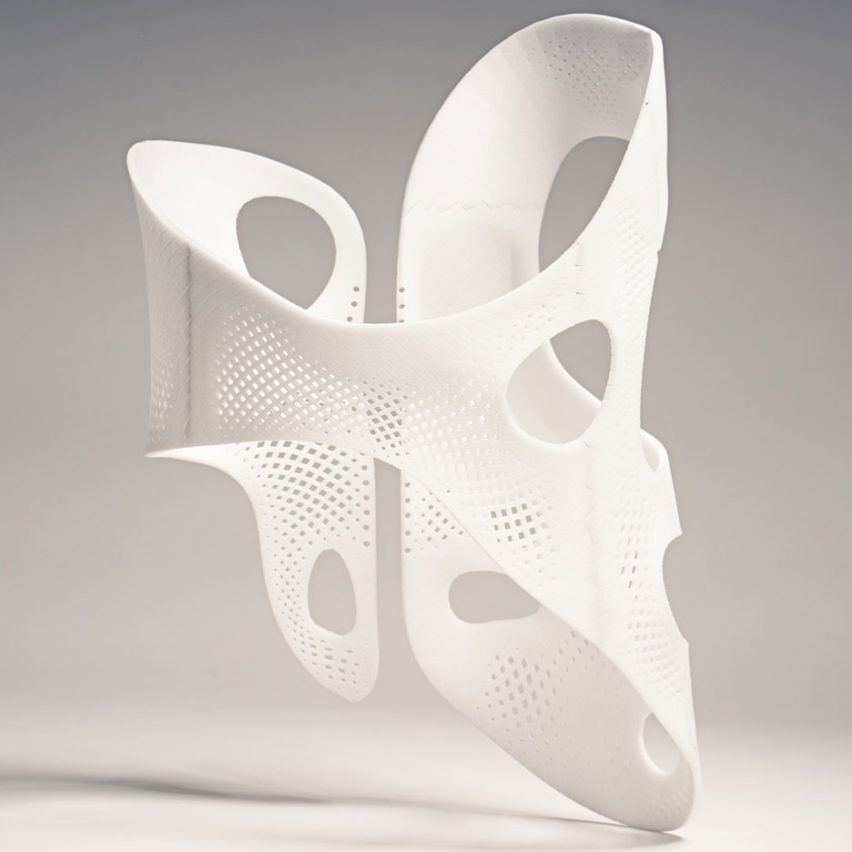 From object modeling to metal-look finishes, the Doran family will walk viewers through the process, and quickly.
From object modeling to metal-look finishes, the Doran family will walk viewers through the process, and quickly.
Total video: 473
Most viewed video: Destiny Hand Cannon Foam Prop (642,654 views)
Make Anything
Host: Divin Montes
Who is watching: USA 5
Subscribers: 45,599
This YouTube channel is the perfect place to get creative ideas and learn how to bring them to life on a 3D printer. Whether you want to build a working clipper or learn how to fix warped PLA printouts, Make Anything is here to help. Host Divin Montes does a little bit of everything, showing subscribers how to create optical illusions, upgrade a 3D printer, embed virtual reality into 3D prints, and more, among other things. Make Anything is a very useful channel for those who are just getting started with a 3D printer, as well as for those who have already learned something and want to use their device in the best possible way.
Make Anything is a very useful channel for those who are just getting started with a 3D printer, as well as for those who have already learned something and want to use their device in the best possible way.
Number of subscribers: 45 147
Thomas Zahnladerer's channel is filled with informative videos about a wide range of consumer innovations. In the regular Tom's Review section, the author offers unbiased reviews of everything and everything under the sun, from desktop 3D printers to specialized filament. There's also a Tom's Guide section that walks you through every step of the 3D printing process imaginable, including printer upgrades, heated beds, calibration, and more.
Total video: 189
Most popular video: Setting up auto bed tramming leveling tilt compensation! (172 440 Views)
3D Printing Nerd
Holder: Joel Teleling
Location: USA
Who looks? Those who want to learn the wonders of 3D printing, who want to create something fun and really useful.
Subscribers: 42,731
One of the most popular 3D printing YouTube channels, run by Joel Telling, an enthusiast who loves to create and teach. If you are looking for 3D models that the whole family can enjoy, if you are looking for detailed reviews, 3D Printing Nerd is for you. What makes Telling's channel especially unusual is the author's witty presentation and passion for this technology, which are visible in every episode.
Total videos: Number of subscribers: 36,722 When it comes to choosing a particular 3D printer, 3D scanner or modeling program, Angus Divson's Maker's Muse channel can save you a lot of time. Creating his objective reviews, the author thoroughly tests 3D printers and filaments. The additive technology expert also gives advice on how to optimize 3D printing, talking about the correct preparation of CAD programs, the slicer, the printing process and its behind the scenes. Total video: 234 Most viewed video: Make your 3D Printed parts look professional with Acetone and a Rice cooker! (172 229 views) Holder: JWALL Location: USA Who is watching? Beginners who want to learn how to 3D design and print and who like learning with a sense of humor. Subscribers: 13,618 If you want to have some fun and learn all the tricky stuff behind the magic of 3D modeling and printing, this channel is definitely worth checking out. Here you have sex toys, and armor for a cat, and all sorts of things that the violent fantasy of the author gives rise to. In his videos, Jwall also explores the cutting edge of 3D printing technology and shares unique information with viewers. Total video: 42 The most popular video: Vaginas, Robots, & 3D Printers (448 242 Views) Chep 3D Printing 9000 Leading Who is watching? Beginners who appreciate every moment, from the very first steps in design to the final object on the printing table. Number of subscribers: 12 142 If there is a lack of humor and revelations in this channel, then all this is more than compensated by the knowledge that the author gives. Total video: 171 The most popular video: Metal Inserts on A 3D Print (52 238 views) Personal Location: China Who's watching? 3D printing enthusiasts and techies who want a cultural experience from this brilliantly intelligent Chinese girl. Number of subscribers: 11 233 One might think that all these more than 10,000 subscribers of the Sexy Cyborg channel are the merit of only the cuteness of the presenter Naomi Wu, but it is worth watching at least one episode, and it becomes clear that the brains of The girls are just as attractive. Total videos: 18 The most popular video: Infinity Skirt Build (321 178 views) Who's watching? Beginner and advanced 3D printer users who enjoy creating items and weapons from their favorite video games. Subscribers: 9880 If you're as passionate about 3D printing and gaming as Kirby Downey, the YouTube channel of the same name is for you. The London-based designer shows you how to create the appropriate objects and weapons from the very beginning. His favorite games are Overwatch and Destiny. Total videos: 63 Most popular video: Timelapse of Thunderlord Replica from Destiny for 3D Printing (266 439 Views) Richrap 9000 Location Those who are immersed in open source, who already have RepRap or only have plans to build it yet. Subscribers: 7415 The RichRap channel is for open source RepRap owners who enjoy building, modifying, creative and innovating. However, Richard Horn is not just about creating RepRap kits and talking about them. Many episodes are devoted to experiments with printer elements and materials. So, for example, the author made his printer multi-color, came up with a wonderful "children's" set "Dad and Daughter Kit Build", his clips miraculously inspire the search for new possibilities of 3D printing. Total video: 84 The most popular video: Reprap 3DR DELTA 3D Printer (286 371 View) FNTSMN ME Who is watching? Design savvy individuals seeking advice from one of the most respected designers in the 3D community. Number of subscribers: 7077 On Simon Fontan's FNTSMN YouTube channel, you can learn the entire 3D printing process, from unpacking your purchased printer to materializing your first colored objects. This 3D designer's imagination knows no bounds, with a myriad of projects including cosplay costumes and printed skateboards. Total videos: 151 Most viewed video: Fiora Baguette for Soaz from Origen Team! (76,655 views) Host: Anthony Martin Location Australia Who's watching? Beginners and experts alike, anyone who wants to expand their knowledge of all aspects of this technology. Number of subscribers: 6889 This is perhaps the strangest of all YouTube channels about 3D printing. Anthony Martin and his father and co-host John skillfully give their reviews a touch of scandal. In almost every episode, heavy metal sounds and good graphics are shown, the presenters of this channel can be imagined as tattooed motorcyclists. Like it or not, the Martins are famous people in the world of 3D printing. Total videos: 133 Most viewed video: A brief look at Simplify 3D! Is it worth it? (18,896 views) HOODICAL: Christopher Hoffman Location: USA Who watches? Beginner to intermediate level, here you can gain experience in mechanics and digital, 3D scanning and 3D printing. Number of subscribers: 5437 The perfect channel for a mechanical engineer who wants to get the most out of their 3D printer. Total video: 89 The most popular video: 3D Scanning at Home Using An Xbox Kinect (163 139 Views) Location: Sweden Who's watching? 3D designers and enthusiasts looking for ideas to take their 3D printing experience to the next level. Number of subscribers: 4104 This YouTube channel is for designers and 3D printing enthusiasts who want to achieve something new. The author talks about printers and types of plastic, shows step by step everything he does in his design work, as well as for his hobby - radio-controlled cars. Total video: 120 Subscribers: 3887 If you're looking for a way to turn your sketch into a 3D model, or if you're looking for the perfect finish for your model, Chaos Core Tech is full of in-depth videos of useful and sophisticated projects. Experienced programmer Garrett Kearney uses 3D printing technology to build robots and craft all sorts of items. In this channel, the whole process is considered in detail in full - from designing models to painting itself. Total videos: 136 The most popular video: 3D Printed Citron from Plants vs Zombies: GW 2 (19,858 views)
PRINT THAT Thing 
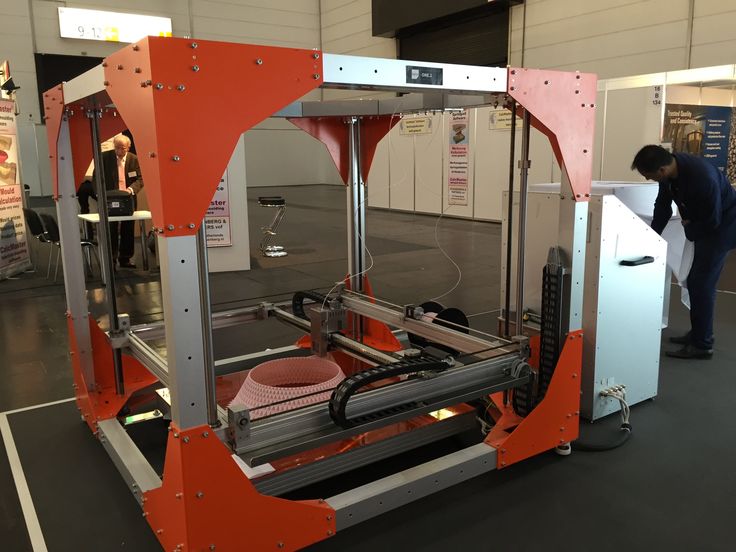 In terms of 3D printing education, this channel leaves no questions unanswered. These exhaustive lessons look like lectures at a university, not a YouTube channel, with the author especially shining with knowledge in the weekly Filament Friday column. The project is aimed at those who want to understand something more than just the basics of 3D printing and realize the possibilities of this technology.
In terms of 3D printing education, this channel leaves no questions unanswered. These exhaustive lessons look like lectures at a university, not a YouTube channel, with the author especially shining with knowledge in the weekly Filament Friday column. The project is aimed at those who want to understand something more than just the basics of 3D printing and realize the possibilities of this technology.
Sexy Cyborg  Sexy Cyborg is different from most 3D printing YouTube channels. Naomi creates a unique cultural immersion into the life of a Shenzhen girl by immersing viewers in her normal day as she talks about 3D printers, creating unique accessories or visiting 3D workshops and specialty cafes in her city of 11 million.
Sexy Cyborg is different from most 3D printing YouTube channels. Naomi creates a unique cultural immersion into the life of a Shenzhen girl by immersing viewers in her normal day as she talks about 3D printers, creating unique accessories or visiting 3D workshops and specialty cafes in her city of 11 million.
Kirby Downey 9000 9000 Personal UK  All models that the author shows, as well as the clips themselves, can be downloaded from MyMiniFactory.
All models that the author shows, as well as the clips themselves, can be downloaded from MyMiniFactory. 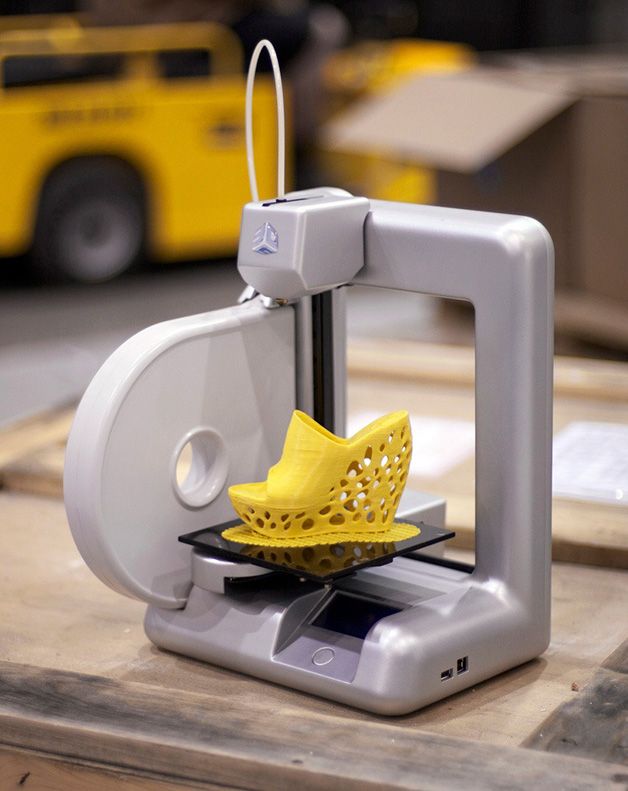
The Hot End 
Hoffman Engineering  Christopher Hoffman goes into detail about CAD software, specialty plastics, and how to optimize every step of the printing process. His project is multi-faceted and informative, a great source of knowledge to help you understand how to use 3D printing in business, how to scan, how to work with electronics and create functional objects.
Christopher Hoffman goes into detail about CAD software, specialty plastics, and how to optimize every step of the printing process. His project is multi-faceted and informative, a great source of knowledge to help you understand how to use 3D printing in business, how to scan, how to work with electronics and create functional objects.
Daniel Norée 9000 9000 9000 9000 9000 9000 9000 9000 9000 9000 9000 9000  The most interesting section is Build With Me. Here, the Swedish designer talks about how he prints and assembles working radio-controlled cars.
The most interesting section is Build With Me. Here, the Swedish designer talks about how he prints and assembles working radio-controlled cars.
Location: Sweden
Who's watching? Beginners who care about every step, from drawing to print.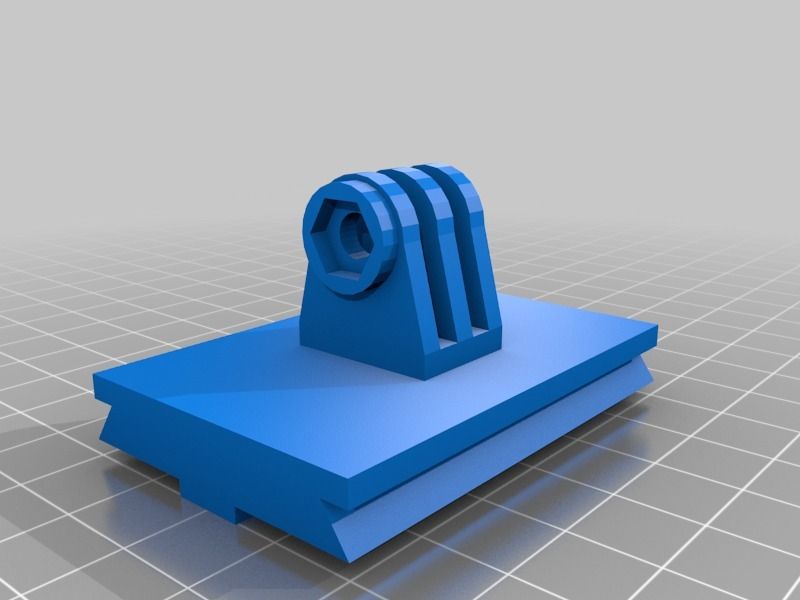
Number of subscribers: 3783
This is a great YouTube channel that helps you combine your creativity with 3D scanning and 3D printing. Anton Monsson offers in-depth videos on 3D design software, explores specialized 3D printing filaments in detail, and shows you how to get the most out of your printer's functionality.
Total video: 149
Most viewed video: Artec EVA 3D-scanner - Unboxing and Start Up (27,025 views)
Neatherbot
Host: Austin Niteri
Location: USA
Who is watching? Advanced users and experts who want to get the most out of their existing hardware, from hot ends to fans.
Number of subscribers: 3419
In his channel Austin Niteri not only talks about the inner workings of 3D printing technology, he also shows step by step how to combine the resulting printouts with Arduino and other devices.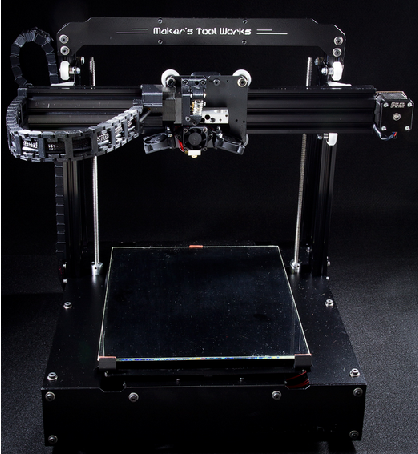 NeatherBot has plenty of episodes for beginners, but most of the clips are about combining 3D printed objects with electronics. Along with some tricks and flying drones, the author gives good advice on 3D printer components, filaments, and how you can upgrade your desktop printer.
NeatherBot has plenty of episodes for beginners, but most of the clips are about combining 3D printed objects with electronics. Along with some tricks and flying drones, the author gives good advice on 3D printer components, filaments, and how you can upgrade your desktop printer.
Total videos: 53
Most viewed video: Review Ninjaflex Filament (136,479 views).
Application of 3D printing in the manufacture of parts and spare parts
We noticed that you have JavaScript turned off.
You must enable it for the site to work correctly.
The use of 3D printing in the manufacture of parts and spare parts
Technology is rapidly progressing, and this growth through the years can be traced quite transparently. Not so long ago, all production processes were carried out manually. Then most of the work began to be done by machines. And now even printing parts on a 3D printer is already available! This technique allows you to complete the application in the shortest possible time, and in some cases it will take only a few hours to receive your order. At the same time, the percentage of quality does not fall, but, on the contrary, it rises!
Not so long ago, all production processes were carried out manually. Then most of the work began to be done by machines. And now even printing parts on a 3D printer is already available! This technique allows you to complete the application in the shortest possible time, and in some cases it will take only a few hours to receive your order. At the same time, the percentage of quality does not fall, but, on the contrary, it rises!
Speaking about the technology process itself, it is organized as follows. To work, you need a 3D model, which is created on a computer in STL format, based on the parameters of the original sample, sketch or drawing. The received data on removable media is loaded into the printer and printing is started. The item is made in layers of plastic or other available materials.
-
In what areas is 3D printing of parts in demand?
Note that the above mentioned service is applied everywhere.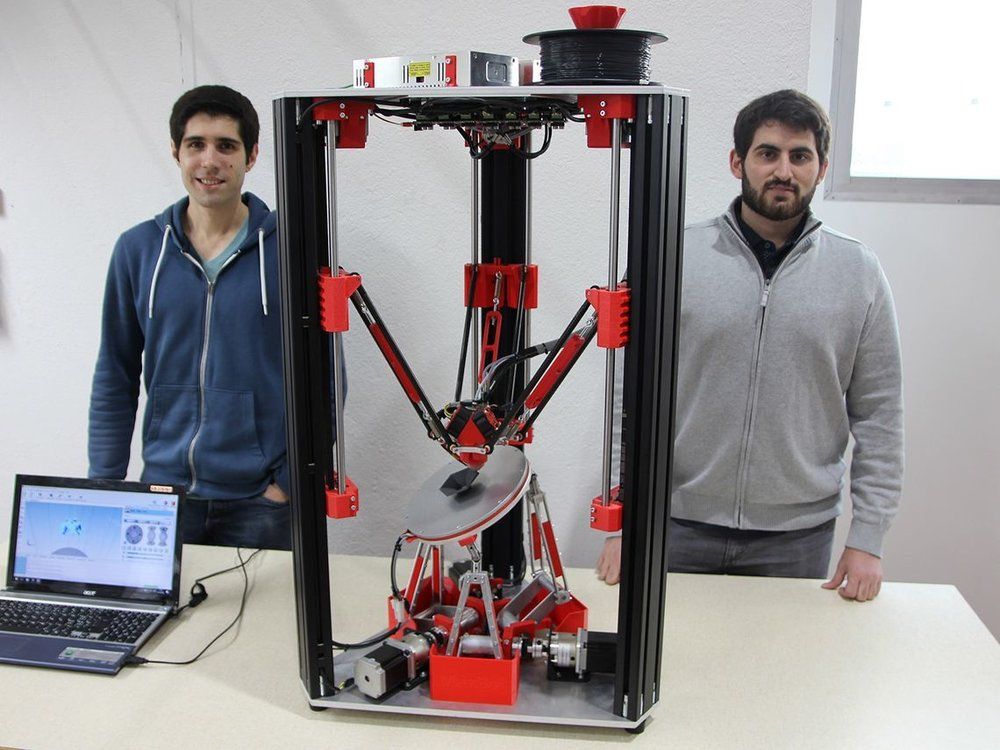 But if we talk about priority areas, we can distinguish the following:
But if we talk about priority areas, we can distinguish the following:
-
housing elements - protective covers, individual elements made of plastic for car interiors;
-
spare parts for mechanisms - gears, latches, worm gears, bushings, axles, etc.;
-
parts for household appliances - housings, handles and other parts;
-
3D printing of plastic parts: key benefits
-
Speed. The most significant merit. Manual production of mechanisms takes a lot of time (from several days or even weeks), much depends on the complexity of the shape of the object. And a 3D printer will need only a few hours or days, if we are talking about a dimensional product.
-
Production of custom parts of any complexity. If you need to print any mechanism, body element, spare part, etc., feel free to contact us with such an application. Our professionals will model and print on a 3D printer a lost, defective or damaged spare part of any complexity in full accordance with the original.
 To do this, we only need a drawing, photograph, drawing or the object itself from you. Leave the rest to us!
To do this, we only need a drawing, photograph, drawing or the object itself from you. Leave the rest to us!
-
Unique production solutions. It happens that some exclusive spare parts fail, which have no analogues in Russia. In this case, you have to order this element from a manufacturer from abroad, and subsequently receive an invoice for a considerable amount. Don't rush into this! To get started, contact Factory 3D Tech. We provide 3D printing services for parts, so we will solve your problem quickly and inexpensively!
-
Reasonable price. Of course, much depends on the required number of items, the availability of a model or sample, complexity and other factors. But in most cases, manufacturing parts on a 3D printer will cost less than buying original parts. And if we are talking about mass production, then the final cost of the received products will definitely be beneficial for your business. For regular customers we have a loyalty program that includes special offers, discounts and promotions!
-
High quality. If you think that the printed elements will be short-lived, do not rush to such a conclusion! They will be no worse than the original, and in some cases even surpass it!
-
Factory 3D Tech Benefits
Let's take a closer look at why you should trust us with custom 3D printing!
-
We use the best technologies. Most often, plastic is used for printing elements. It comes in different quality. Today, nylon is recognized as the leader. It is strong and wear resistant. By the way, it’s hard to work with him, not everyone succeeds, but our specialists already have vast experience!
-
We will set up mass production of parts as soon as possible. Sometimes the speed of order fulfillment is important for the client. We have over 130 3D printers at our disposal. And such capacities are enough to satisfy the needs of any client.

-
Reasonable prices and flexible system of discounts. Our services are affordable. In addition, the company is interested in attracting regular and large customers. So we are always ready to discuss the terms of mutually beneficial cooperation with each client.
-
Great experience. The Factory 3D Tech team has long been involved in the production of engineering mechanisms.
 We carry out 3D printing of spare parts of any complexity. Even if you do not have a ready-made sample, then for a fee we will make it using modeling, a drawing or a provided drawing.
We carry out 3D printing of spare parts of any complexity. Even if you do not have a ready-made sample, then for a fee we will make it using modeling, a drawing or a provided drawing.
-
We carry out small-scale production. Some companies take only large orders or offer their services at inflated prices. We are not one of them!
-
We carry out post-processing and painting of printed products.
